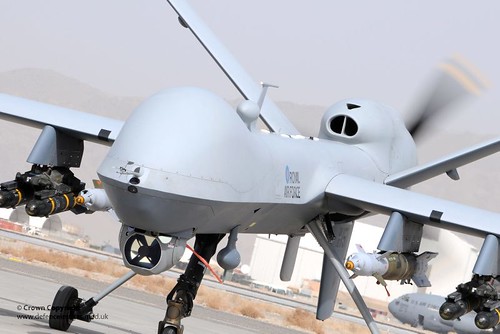
The U.S. Marine Corps is at the forefront of a significant military transformation, leveraging the capabilities of the MQ-9A Unmanned Aerial System (UAS) to redefine warfare in the modern era.

Adapting to new challenges and theatres of conflict, the Marines are embracing lighter, more expeditionary combat strategies, a pivot from their historically heavier, armor-intensive doctrines.

The MQ-9A, and its newer variants, the MQ-9B SkyGuardian and SeaGuardian, provide unparalleled intelligence, surveillance, and reconnaissance (ISR) capabilities, essential for maintaining domain awareness and ensuring mission success in contested areas.
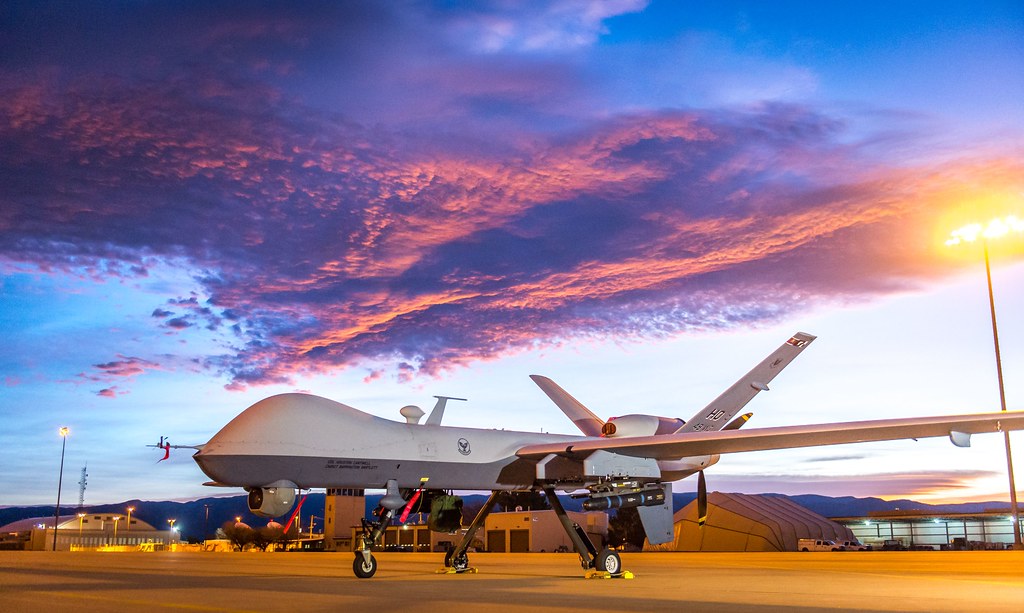
These UAS platforms are emblematic of the Corps’ evolution, capable of extended flights and soaking up information across vast distances.
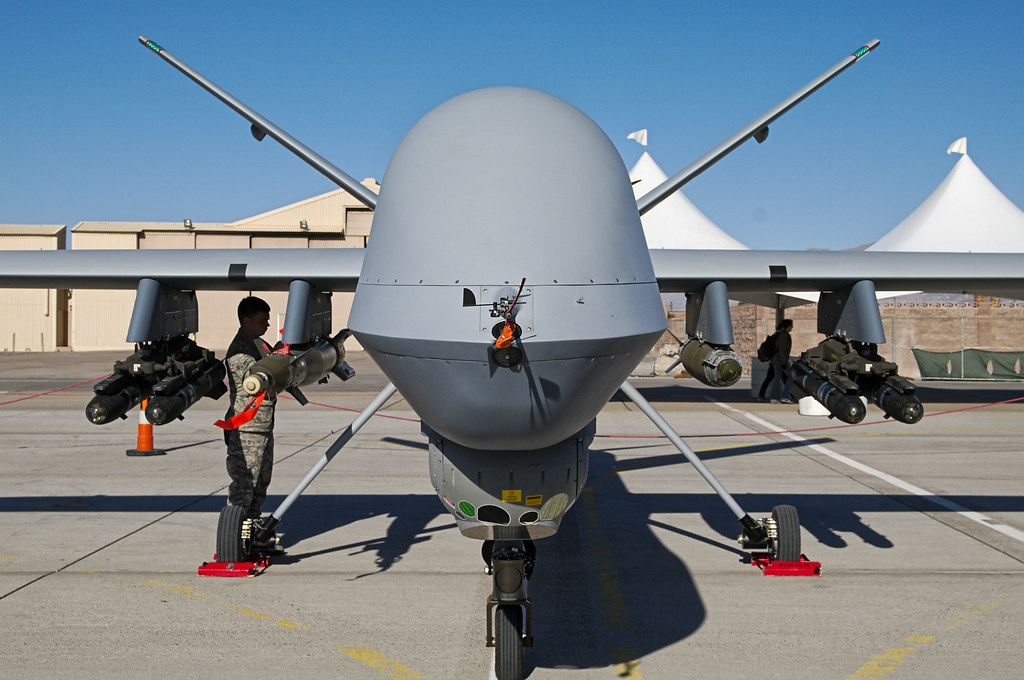
“The options are endless,” says Major Shane R. Gentry, an MQ-9A pilot with Marine Unmanned Aerial Vehicle Squadron (VMU) 3, as he highlights the aircraft’s role in providing wide-area surveillance and information sharing.
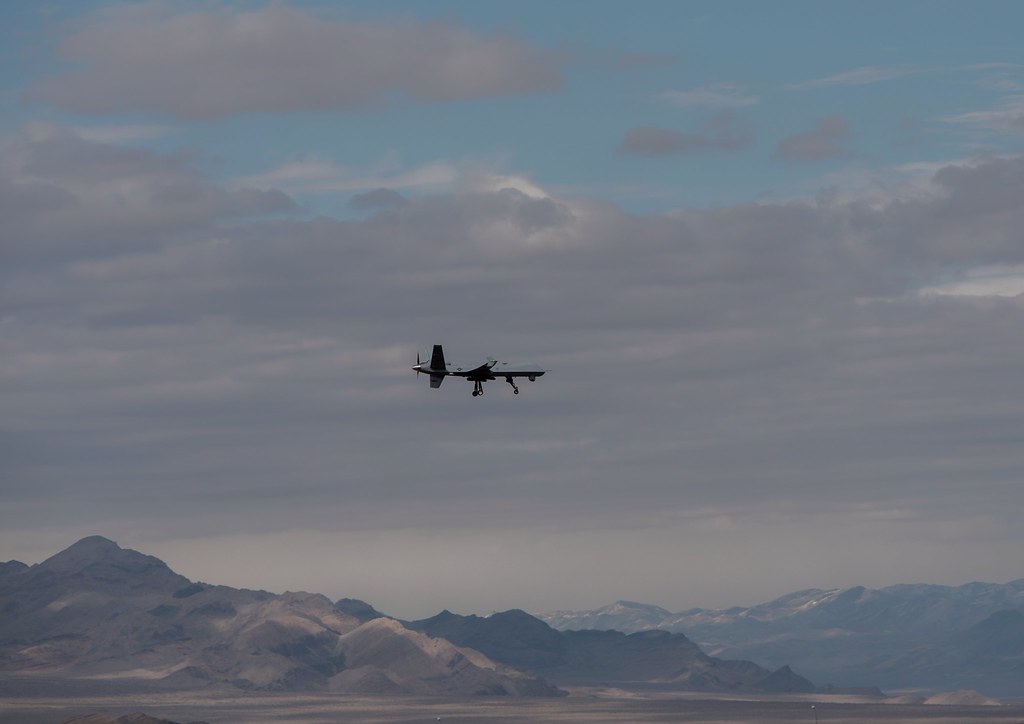
The MQ-9A’s ability to maintain target custody and provide early warnings adds to the Corps’ agility and responsiveness in a crisis.
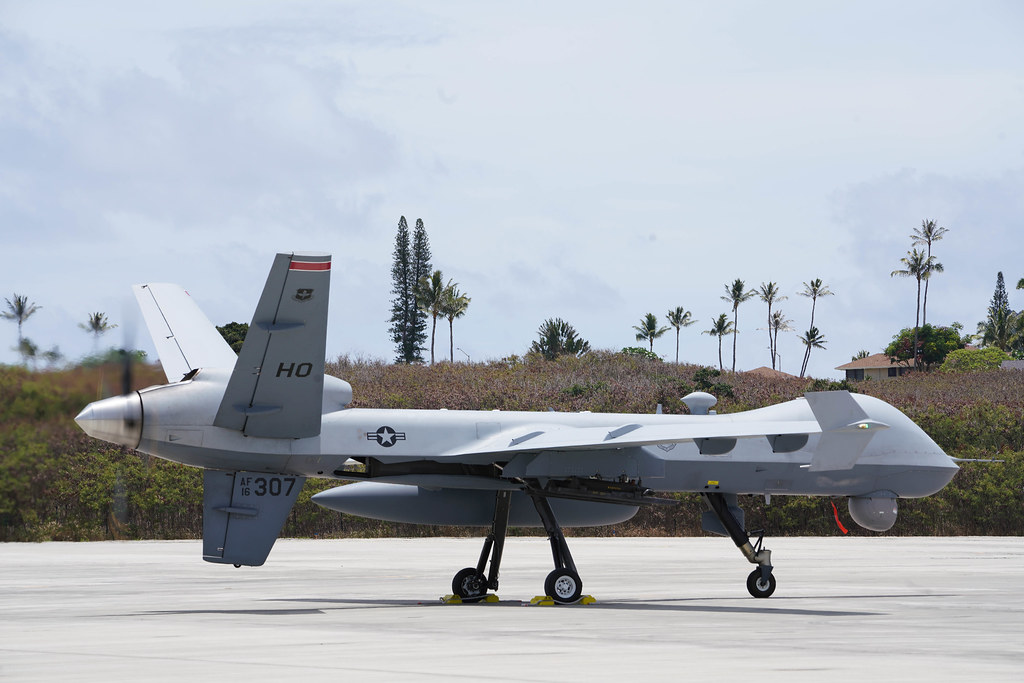
Beyond the Marines’ enthusiastic adoption, the MQ-9B variants have garnered significant interest globally, due to their all-weather resilience, lightning protection, and improved cold weather performance.
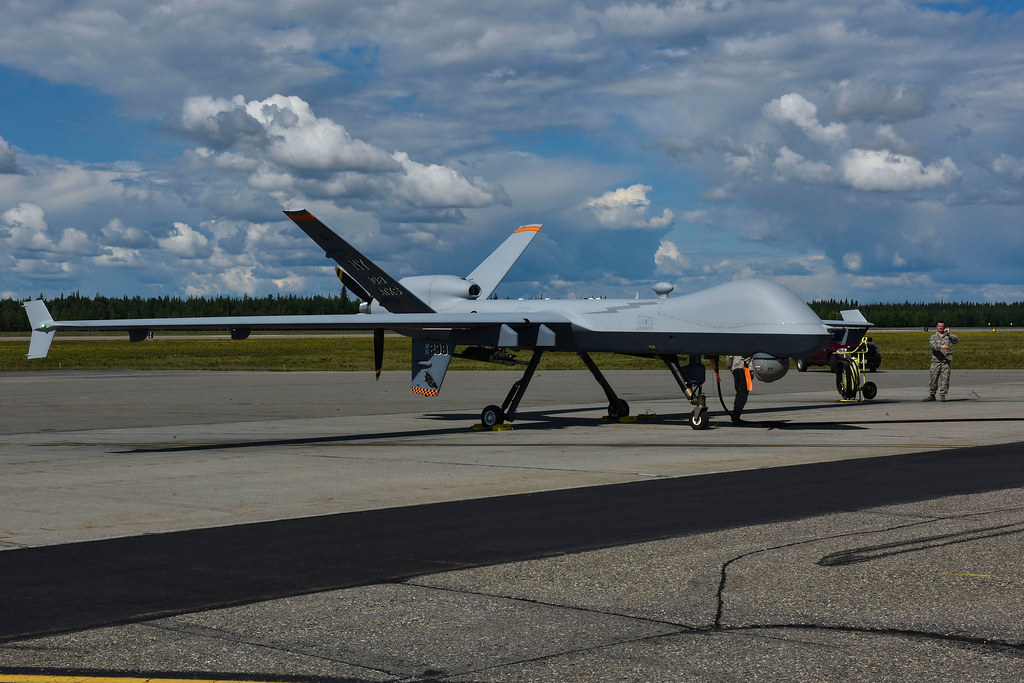
These characteristics have earned the MQ-9B high versatility, with automated takeoff and landing capabilities that enable operations across a diverse array of airfields.

Moreover, the MQ-9B’s impact extends beyond the military sphere. For instance, the Japan Coast Guard utilized an MQ-9B SeaGuardian to detect and issue warnings about an underwater volcano eruption, while the Indian Navy leveraged the aircraft for expanded patrol and maritime security, resulting in the dramatic rescue of mariners from a hijacked ship.

In contrast to the technological innovation represented by the MQ-9 variants, the U.S. Navy’s recent budget proposal to fund the construction of only one Virginia-class submarine this fiscal year has sparked concern among more than 100 lawmakers, who see it as contrary to the National Defense Industrial Strategy.
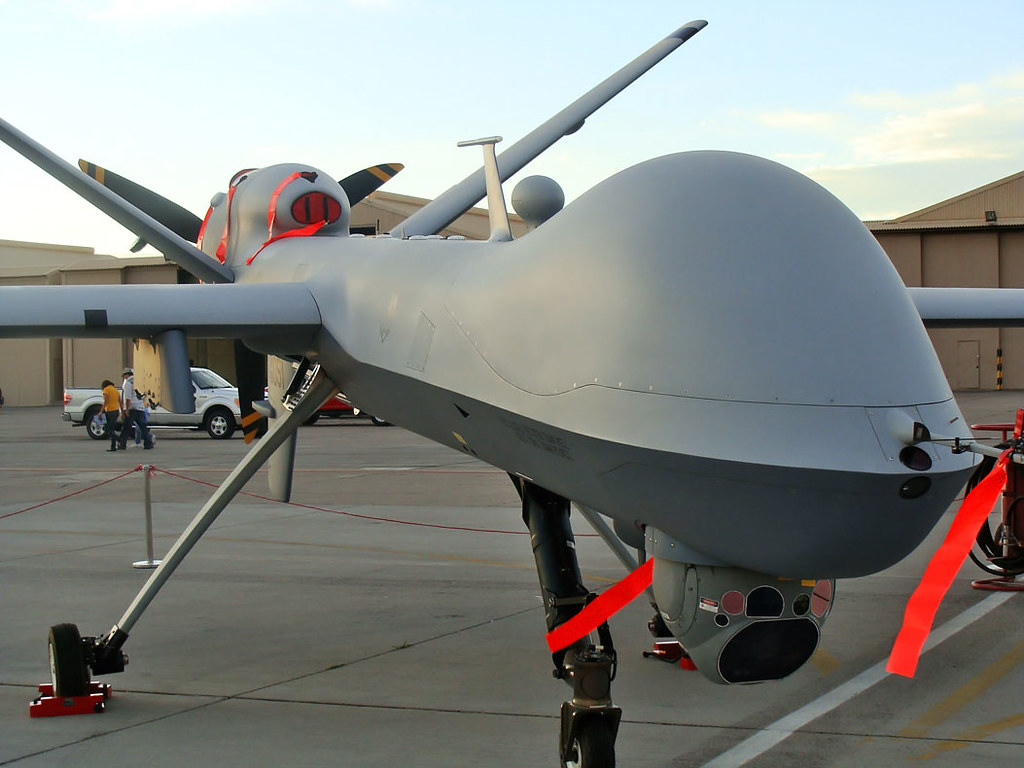
The bipartisan group fears that the Navy’s decision could harm the submarine industrial base and compromise the country’s undersea advantage in the long term.

It’s a critical moment for the Navy, as it faces scrutiny from Congress regarding its FY25 budget request and the potential effects on the industrial base.

Industry leaders, such as Phebe Novakovic, CEO of General Dynamics, caution against the repercussions of reduced procurement on the supply chain, emphasizing the importance of sustaining two Virginia-class submarines per year.

While the U.S. Marine Corps presses forward with innovations in UAS technology, crucial decisions on traditional maritime capabilities hang in the balance.

The contrast between embracing new technology and maintaining established programs reflects the broader challenges facing today’s military strategists and policymakers, as they navigate the evolving landscape of global security and technological advancement.

